Made for the Shade
Hot summer days create a retreat to the shade, but who wants to be in a dark forest? New versions of some old favorites revolutionize what has traditionally been a garden challenge. Light-colored foliage lasts all season and provides texture as well as color, while long-blooming perennials offer extended color interest. Here are some shade lovers with visual appeal that not only lighten and brighten your customers’ shady areas. A bonus: They’re easy to grow and thrive in a variety of climates.
Dicentra
Bleeding hearts are a beautiful addition to any shade garden, and one new possibility on the market is dicentra ‘Burning Hearts’ with its deep-red blossoms edged in white and set against finely textured, cool blue gray foliage. It’s love at first sight, and the love affair continues as it usually keeps on blooming from spring through the summer. This type of dicentra is ideal for today’s smaller gardens and will stand out in containers because it is neat and compact at only 10 inches tall. It tolerates more heat than other fernleaf types without going dormant, as long as adequate moisture is maintained. For value, this heartthrob is long blooming; easy to care for, with few pests; grows in a wide climate range and looks gorgeous.
Helleborus
Gaining in popularity due to breeding improvements, helleborus is a great shade perennial for providing flowers in winter and very early spring. And standing head and shoulders above the drowsy, nodding Lenten roses, newer interspecific hybrids such as ‘Ivory Prince’ feature upward-facing blooms and disease-resistant foliage. This variety’s fat pink buds open to ivory flowers streaked with rose, shifting gradually to chartreuse blossoms on burgundy stems. The official bloom time is February through March, but given the right conditions, the flowering can last three months. Its compact, evergreen foliage stays clean and neat, framing the flowers that stand up for attention. It needs only light to average moisture and a springtime tidy-up of spent flowers and old leaves. It is a classic for shade gardens and also performs well in containers.
Another option is the Helleborus Gold Collection, the result of many years of careful breeding. Cultivars bloom the first year, have a compact, uniform habit and are ideal for both gardens and containers. A nice complement to ‘Ivory Prince’, ‘Pink Frost’ blooms around the same time with burgundy and white buds opening to light pink blossoms that mature to a reddish burgundy. The upward-facing flowers rise up to 15 inches above the foliage, set off by deep green leaves with a hint of silver.
A versatile member of the collection is ‘Jacob’, a niger form. At just 12 inches tall, it blooms from November to January, making it perfect as a holiday indoor potted plant. Unlike older varieties of the species, ‘Jacob’ has a multitude of flowers that stand up above the foliage with heads held high. The slightly fragrant, single, pure white flowers are beautifully set off by dark green leaves with burgundy stems. Tied with a red bow, ‘Jacob’ is a perfect addition to the holiday scene. Beautiful enough for indoors, and hardy enough for outdoors in the shade garden, it is easily maintained, long blooming and long lived.
Brunnera
For foliage color and spring flowers, brunneras fit the bill. Two beautiful varieties, ‘Jack Frost’ and ‘Looking Glass’, have heart-shaped leaves with a silver overlay that shines and glistens in the shade. ‘Jack Frost’ handles sun and heat better than other variegated brunneras, but it’s perfect for shady locations and can be used as a ground cover. ‘Looking Glass’ has a heavily silvered leaf that reflects light to brighten the darkest corner. Both varieties produce airy sprays of blue forget-me-not flowers in spring. These varieties are easy to grow, with few pest problems, and provide a long season of interest in all but the driest conditions.
Hakonechloa
But flowers don’t need to be the whole story. Early summer annuals are the showoffs in the sun, choice perennials with vibrant foliage color, such as hakonechloa, can brighten the shade with elegance and subtlety in color and texture. The Perennial Plant Association’s 2009 plant of the year, hakonechloa ‘Aureola’, is one of the rare grasses that tolerate shade, a softly weeping, golden grass with a green pencil stripe. This deciduous Japanese forest grass’ gold color is flushed with intense pink in the fall. Its elegant shape and graceful motion in the slightest breeze draws comparison to falling water. Spreading, but always well-behaved, it grows slowly enough to use in small areas, including shady path edges, and is a lovely addition to mixed pots.
Other hakonechloas, too, are worth noting. ‘All Gold’ is brighter, a bit less weeping and more upright in form than ‘Aureola’, giving it a spikier look: less geisha, more punk. ‘Albo-Striata’ is a green and white, variegated variety that is more sun tolerant for a spot that gets both sun and shade throughout the day? and grows a little faster than the golden grasses. ‘Beni-kaze’ is green during the summer months but turns a vivid red as fall approaches, earning its Japanese name, which translates to red wind.
With such bright stars, shady gardens need not be dark and green. The shade can be full of bright color and interesting textures a cool place to retreat from the heat.

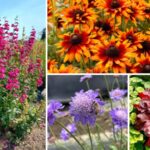
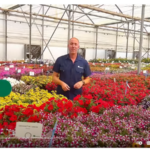






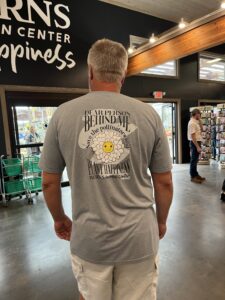
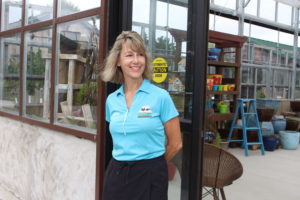
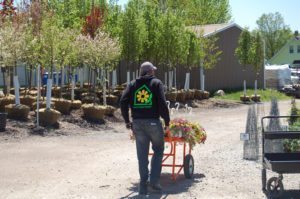
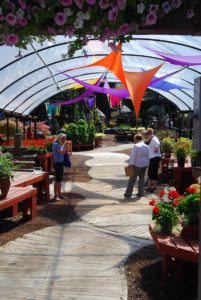
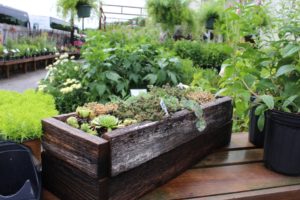
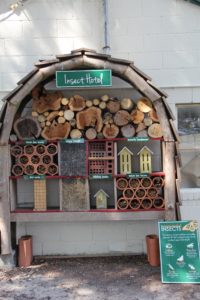

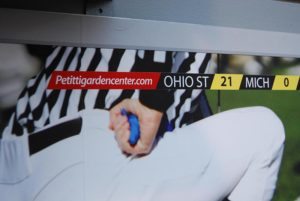
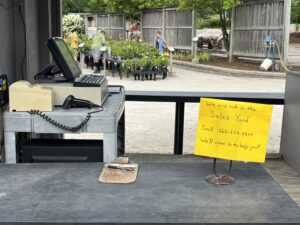
 Videos
Videos





